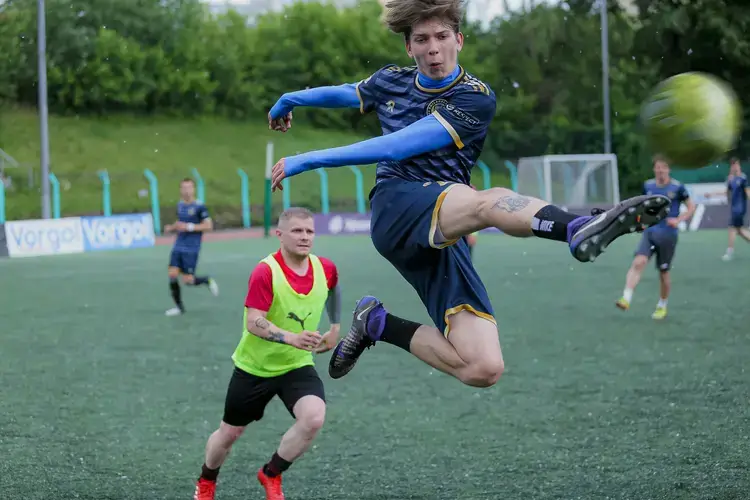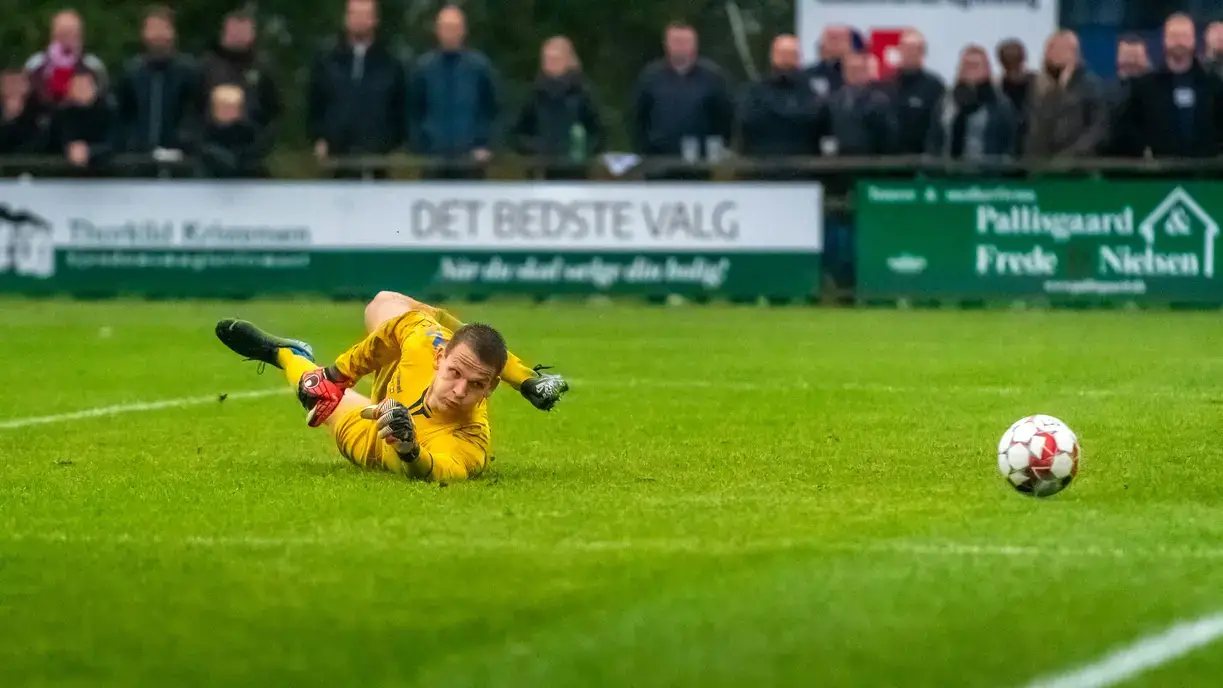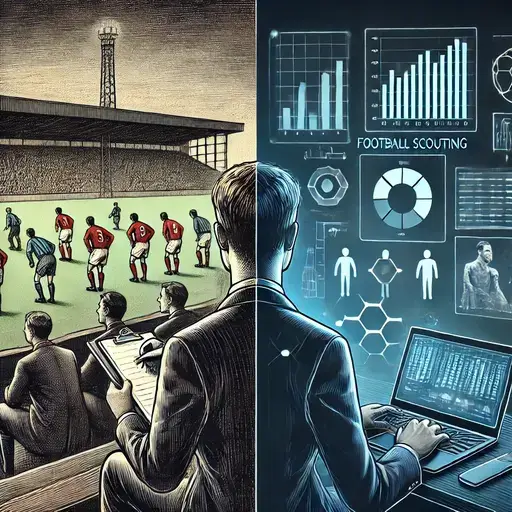The Weight of Too Many Matches: How an Overloaded Calendar Affects Training and Young Footballers
In recent years, world football has undergone a profound transformation, not only in tactical aspects but also in the physical and mental management of players. The dramatic increase in the number of matches during the season, between national leagues, cups, European competitions, and international duties, is putting athletes and technical staff under severe strain. But the problem doesn’t concern only established professionals: the consequences of an overloaded calendar also affect young players and the quality of training.
1. Excessive Match Load and the Decline in Training Quality
In modern football, top teams can play up to 60–70 matches per season, a rhythm that leaves very little room for recovery or for meaningful work on the training pitch. Coaches, forced to manage their players’ energy, often turn many training sessions into recovery or maintenance sessions, reducing the opportunity to improve technical and tactical aspects.
In the past, weeks with only one official match allowed coaches to work in depth on:
· team movements,
· offensive and defensive schemes,
· individual technical skills.
Today, however, the priority is physical management. As Pep Guardiola has repeatedly stated, “we don’t train anymore, we recover.” This phenomenon limits player development, as footballers find themselves playing more and training less.
2. Physical Consequences: Injuries and Early Wear and Tear
The human body has natural limits. The increase in the number of matches, combined with the pressure to maintain top performances, leads to a higher risk of muscle injuries and chronic fatigue. UEFA and FIFA studies have shown that in the last five years, overload-related injuries (such as strains and muscle tears) have increased by 25% among players in Europe’s top leagues.
Even world-class players such as Kevin De Bruyne, Pedri, and Vinícius Jr. have often complained about the devastating impact of an overcrowded schedule. The greatest risk, however, concerns young talents, bodies still developing yet forced to endure adult-like rhythms and workloads. Early wear and tear can lead to declining performances and, in the most serious cases, compromised careers.
3. Young Players and Stunted Development
In youth football, the excess of competitions — between tournaments, league matches, and friendlies — has led to a culture of “always playing” rather than “training well.” Many young players spend entire weeks on the pitch without having time to absorb tactical concepts or improve their technical fundamentals.
Moreover, the pressure for immediate results pushes clubs and coaches to treat youngsters like mini professionals, reducing their creative freedom and increasing the risk of psychological burnout.
According to several athletic trainers, the ages between 14 and 18 are when technical and tactical training should prevail over competition. However, international tournaments and busy school calendars often make it difficult to respect these developmental principles.
4. Mental Impact: Stress, Fatigue, and Motivation
Beyond the physical aspect, an overloaded calendar also affects the mental health of players. The constant pressure to play, travel, and perform causes many athletes — especially young ones — to lose enthusiasm and motivation. Recent cases of burnout in European youth football show how an excess of matches can ultimately undermine the passion for the game itself.
5. Possible Solutions
Football federations and international governing bodies have been discussing calendar reform for years. Some of the proposed measures include:
· limiting the maximum number of matches per season,
· introducing mandatory rest windows,
· valuing training quality over the sheer quantity of competitions,
· protecting young athletes through specific rules on playing time and recovery.
Technology can also play an important role: through GPS tracking systems and biometric data analysis, medical and fitness staff can now accurately measure each player’s workload and prevent overtraining situations.
Conclusion
Modern football faces a deep contradiction: more matches mean more spectacle and profit, but also less technical quality, more injuries, and less youth development. To ensure a sustainable future for the world’s most popular sport, it will be necessary to find a balance between entertainment and health, between competition and education. Only then can football continue to grow, without prematurely exhausting its protagonists.


 9
9




